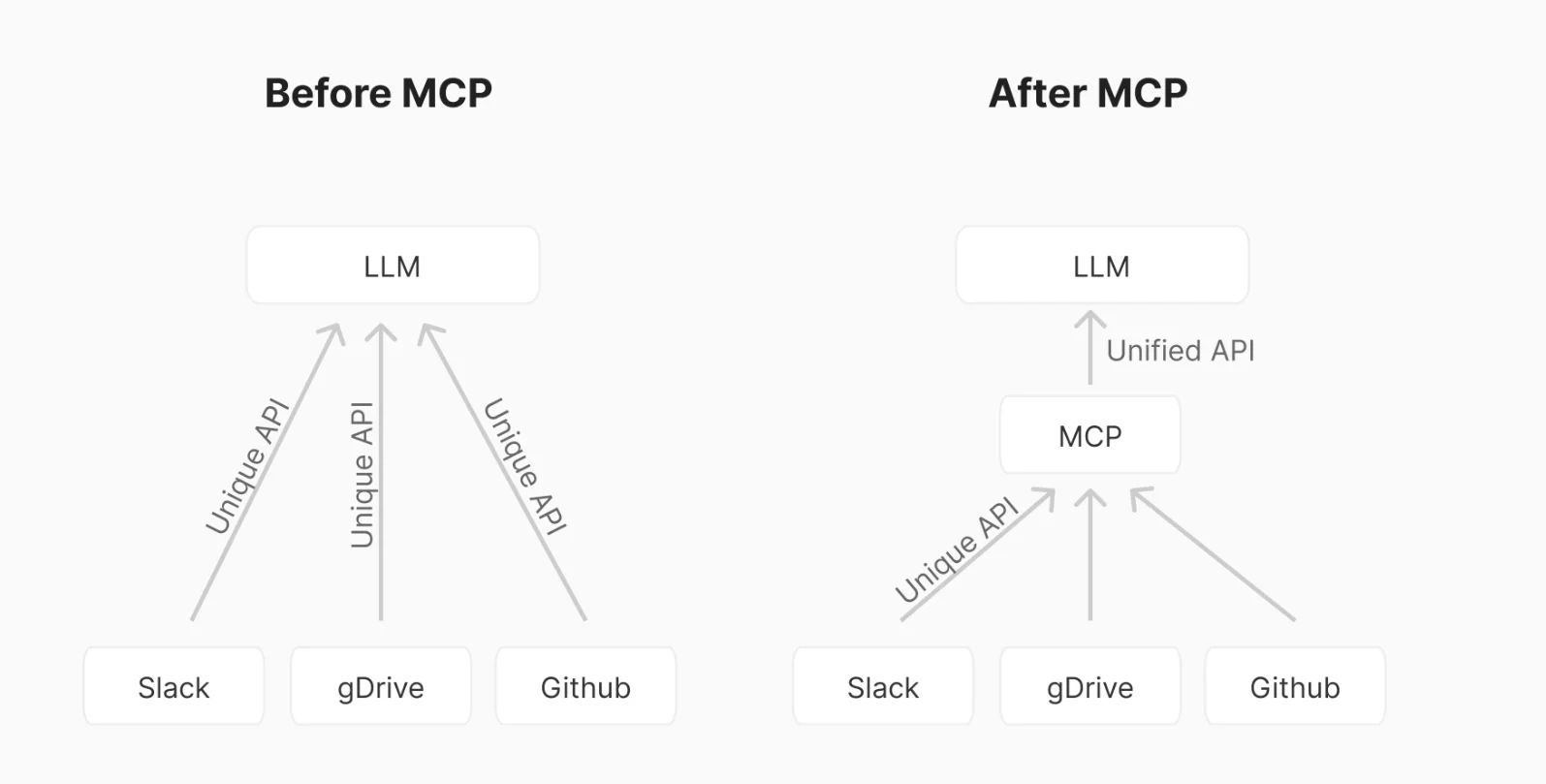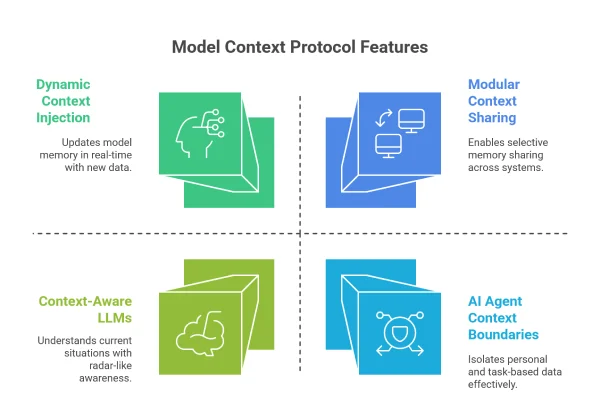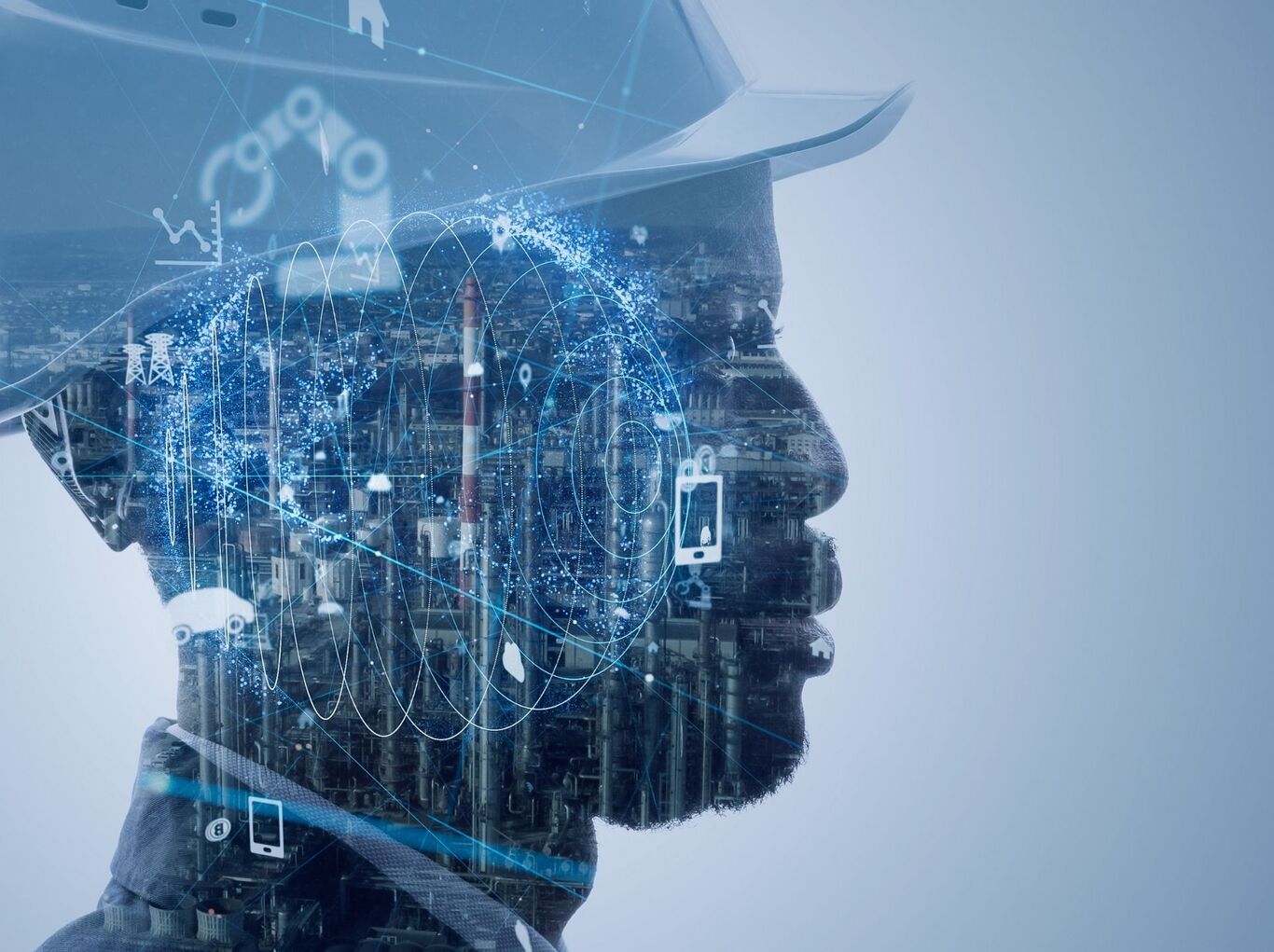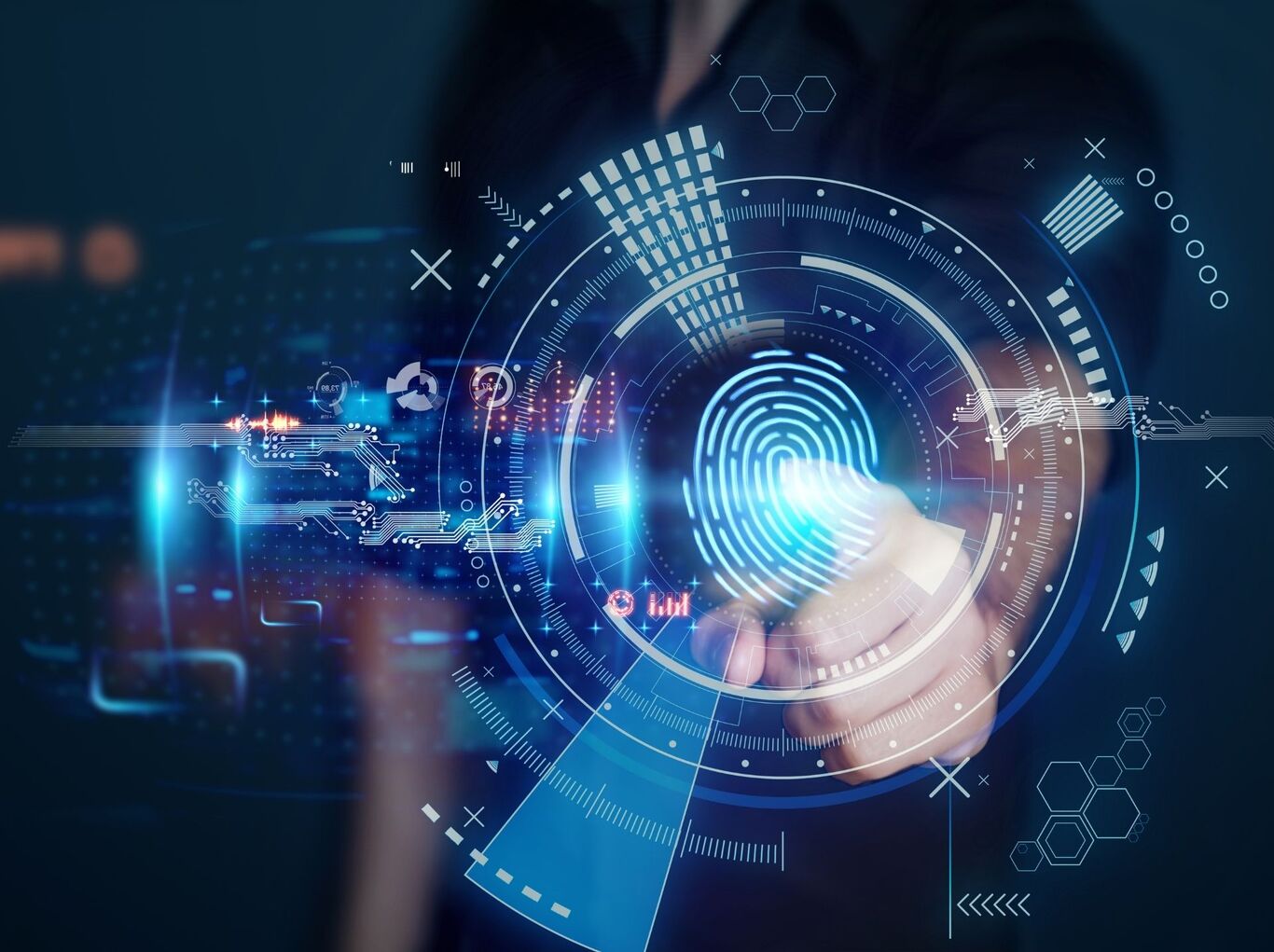Model Context Protocol (MCP): Architecture, Features & Server List

Generative AI tools can be very useful, but they only show their full worth when they are linked to more than just their training data. They need to be able to get new, useful information and act on it. This is when AI really comes in handy! It creates useful material, gives useful insights, and does real work.
This can be done with Model Context Protocol or MCP. It tells AI what it needs to know and gives it the power to act in useful ways on other platforms and tools.
This blog talks about what MCP is, how it works, and why it's important.
What is Model Context Protocol (MCP)?
Model Context Protocol, or MCP, helps AI models, like large language models (LLMs), figure out what's going on around them. It's like giving the AI some background information, like giving someone a map before you ask them to show you the way. An AI model that uses MCP can use more up-to-date and useful data instead of just the data it was trained on.
MCP is basically a persistent memory protocol that's meant to give AI agents context. In other words, the AI doesn't start over every time it runs. It knows who it's helping and remembers what it was doing. Based on this knowledge, it adapts its answers or actions.
How MCP Empowers AI Agents
AI agents are becoming more powerful, but without memory or context, they’re like goldfish, forgetting everything in a moment. That changes MCP steps in. It helps them figure out who, what, and why.
When it comes to memory and context, AI bots are getting stronger, but they forget everything in an instant, just like goldfish. That changes MCP steps in. It helps them figure out who, what, and why.
With MCP:
-
Agents never lose track of any task
-
They remember user preferences
-
They interact with each other with flexible context-sharing
-
They understand memory scope in LLMs, which means they know which memory is used for which job.
MCP brings in dynamic context injection, which means agents can get just the right amount of information at the right time. That helps them make better choices and feel more like people.
MCP Servers List
MCP isn’t a single server. It’s a system that can run on different platforms. These servers allow agent memory sync. This means that the memory of one agent can help another agent understand what's going on. Here are a few popular setups:
-
Local MCP Server: Great for privacy-focused apps, it helps you keep info on your device.
-
Cloud-Based MCP: Cloud-based MCP is great for businesses and teams. It allows for flexible storage and quick access.
-
Distributed MCP Networks: Distributed MCP networks are great for building AI systems with multiple agents. Agents in different places can share context and sync at the same time.
Here’s a list of different servers:
Search and information retrieval
Brave Search: Brave's Search API for local and web searches
Fetch: Converting and retrieving web content for effective LLM use
AWS KB Retrieval: Utilising Bedrock Agent to retrieve information from the AWS Knowledge Base Execution time
Everything: The test or reference server includes tools, resources, and prompts
AI content and image generation
EverArt: Uses a variety of models to generate AI images
Sequential Thinking: Using thought sequences to solve problems in a dynamic and thoughtful manner
File and cloud storage access
Filesystem: Safe file management with adjustable access restrictions
Google Drive: Accessing files and conducting searches on Google Drive
Developer tools and integrations
GitHub: File operations, repository administration, and integration with the GitHub API
GitLab: Project management is made possible by the GitLab API
System tools and monitoring
Sentry: Sentry.io issue retrieval and analysis
Google Maps: Directions, location services, and location information
MCP Architecture
The Model Context Protocol (MCP) uses a client-server setup with three main parts:

1. MCP host
This is the interface (like Cursor or Claude Desktop) where users interact with AI. It connects clients to servers and manages how they talk to each other.
2. MCP client
The client lives inside the host. It takes user input, structures it, and sends it to the server. It also handles sessions, managing errors, timeouts, and reconnections.
Examples: IBM BeeAI, Claude.ai, Microsoft Copilot Studio, Windsurf Editor, Postman.
Each client links to a single MCP server.
3. MCP server
This is where the real work happens. It turns structured requests into actions using tools like GitHub, Docker, Slack, or external APIs. These servers are often open-source repositories in languages like Python, Java, and TypeScript.
These servers expose data using the following:
-
Resources: Fetch data, no actions.
-
Tools: Do tasks like calculations or API calls.
-
Prompts: Templates for AI interaction.
Transport layer
Communication uses JSON-RPC messages in two ways:
-
Client to Server: Standard input/output (stdio) for local tools; HTTP POST for remote.
-
Server to Client: Uses Server-Sent Events (SSE) for async updates.
Model Context Protocol Features

MCP is full of smart features that make AI smarter:
-
Context-Aware LLMs: Context-aware LLMs are models that know what's going on right now.
-
Persistent Memory: You don't have to start over every time; you can just pick up where you left off.
-
Dynamic Context Injection: Updates to the model's context in real time with dynamic context injection.
-
Task-Specific Context Tagging: Putting labels on pieces of memory so the AI can figure out what they belong to.
-
Modular Context Sharing: It is safe for one computer to send part of its memory to another.
-
AI Agent Context Boundaries: Setting limits for AI agents so that personal and task-related data stays separate and doesn't get mixed up
Benefits Of MCP For Stakeholders
Model Context Protocol is useful for everyone in all kinds of jobs and fields. It helps each group in these ways:
For Users
-
More personalised and useful AI.
-
No need to repeat information every time.
For Developers
-
Easier to build and scale intelligent apps.
-
Fine control over how and what context is shared.
For Businesses
-
Better customer support agents.
-
Smarter automation that fits into existing workflows.
For Researchers
-
Deeper understanding of memory and decision-making in AI.
Use Cases and Examples of MCP
Let’s look at some real-world examples where MCP makes a difference:
1. Virtual assistants
Imagine having an assistant that sets up your meetings and knows the times, places, and tones of the chats you've had in the past. MCP keeps track of meetings that have been pushed back and gives you ideas based on what you like. It seems more like a helpful friend than a tool.
2. Customer support bots
Saying the same thing over and over is annoying. MCP lets bots remember your information and problems from the past. For instance, a banking bot knows about your account and recent activities, so you don't have to answer the same questions over and over.
3. Healthcare AI agents
In health care, every little thing counts. AI can carefully and safely keep track of symptoms, treatments, and medical records with the help of MCP. By knowing the whole health story, an AI healthcare assistant can tell patients to take their medicine or let doctors know about strange symptoms.
4. Smart collaboration tools
Teams handle many tasks at once. AI powered by MCP automatically shares important context. Imagine if a project AI kept everyone up to date on work and deadlines without them having to do anything extra. This would keep teams on track and productive.
Future of AI agents With MCP
The future of AI is in the memory. Even the best model may struggle without it. But with MCP, we're entering a time when agents:
-
More autonomous
-
More human-like
-
More trustworthy
MCP is likely to become an important part of how companies create context-aware LLMs. As MCP changes, workers will be able to understand things better, work together more quickly, and make decisions that they can count on.
Imagine AI agents that know, remember, and then act with awareness. That's what MCP makes possible.
Conclusion
Model Context Protocol transforms how AI fits into your business. It gives AI systems context, memory, and continuity, turning one-on-one encounters into smart, connected ones. As AI plays a bigger part in operations and making decisions, MCP becomes the background force that makes sure that all tools, teams, and contacts are consistent, give useful information, and work together.
At GrowthJockey, we help companies grow more quickly by creating AI and automation solutions that are unique to each client. It turns complicated work processes into easy-to-use, smart tools that drive real results.
Partner with GrowthJockey to turn your AI vision into a powerful, real-world impact with tailored solutions, faster execution, and systems that scale with your business.
Model Context Protocol FAQs
1. What is this MCP?
MCP is a way to help AI systems work better by sharing memory and context between different parts. It makes AI smarter and more connected.
2. What is the full form of MCP?
The full form of MCP is the Model Context Protocol. It is a system that connects AI models with tools and data to help them work better together.
3. What is MCP for LLM?
For large language models (LLMs), MCP helps them remember and use information from different sources so they can give better answers.
4. What does the MCP refer to?
MCP is a system that connects AI models with tools and data. It helps AI work better by giving it the right context and allowing it to take real actions.








